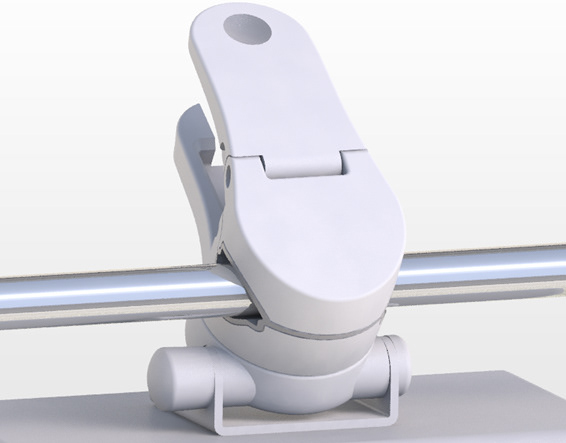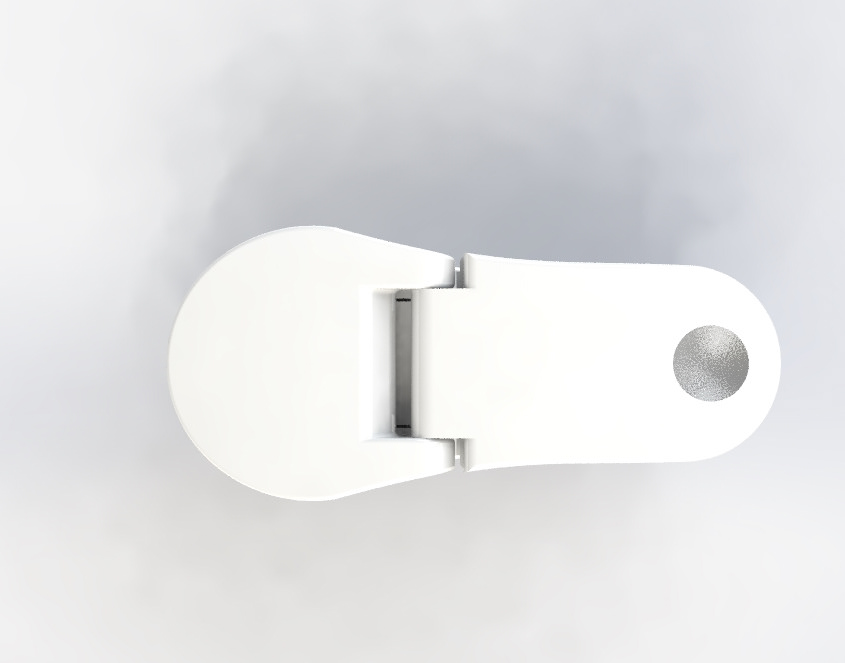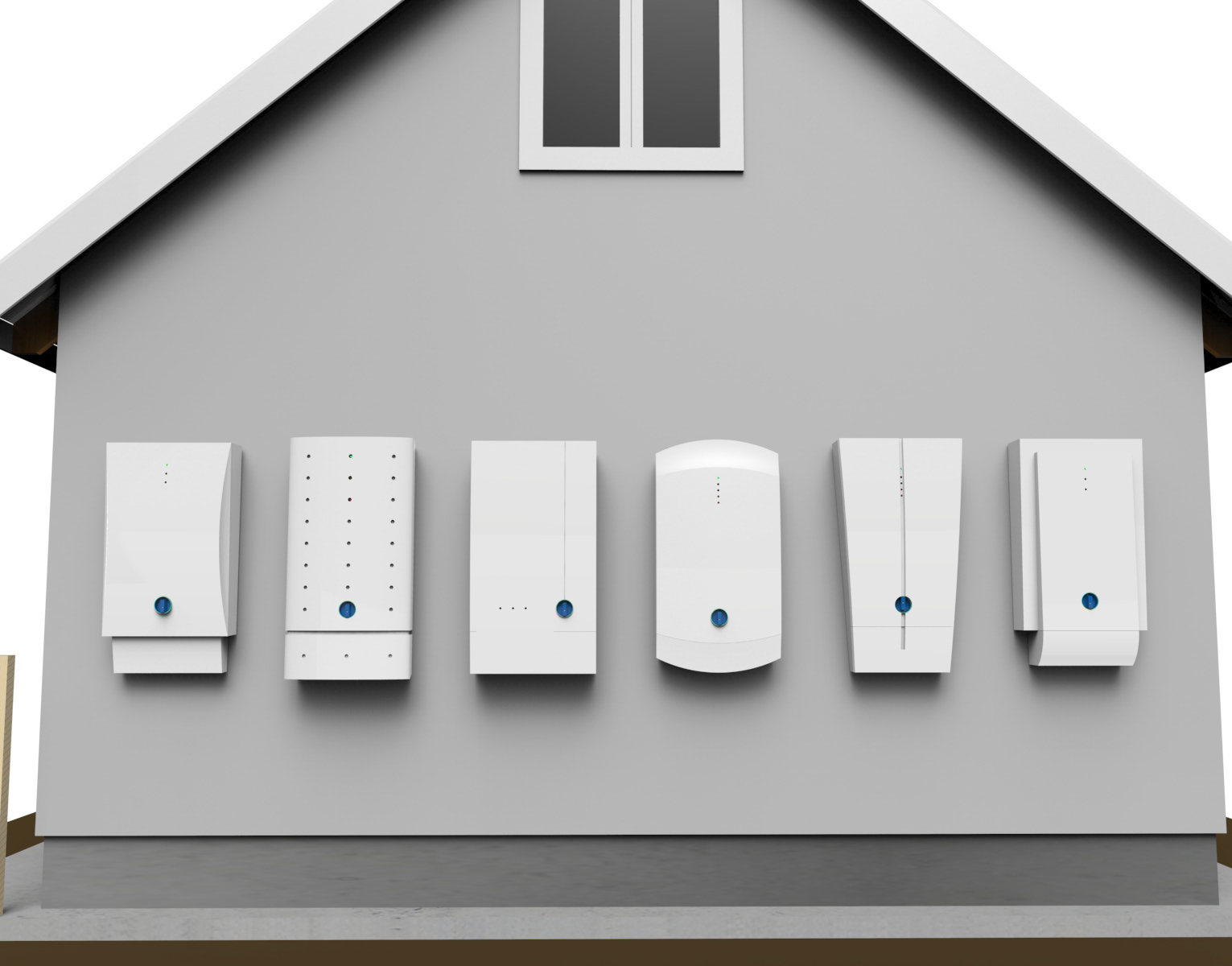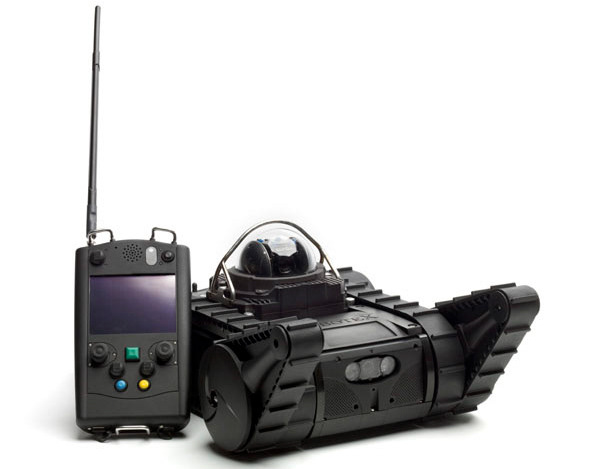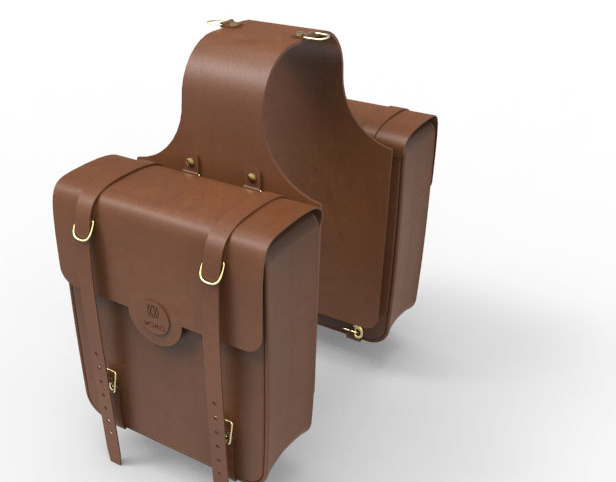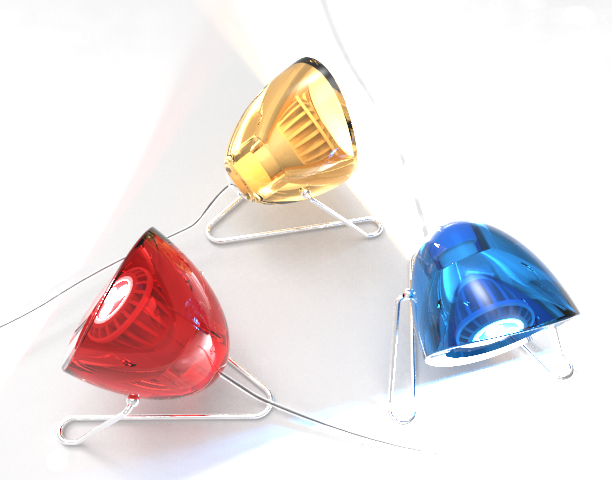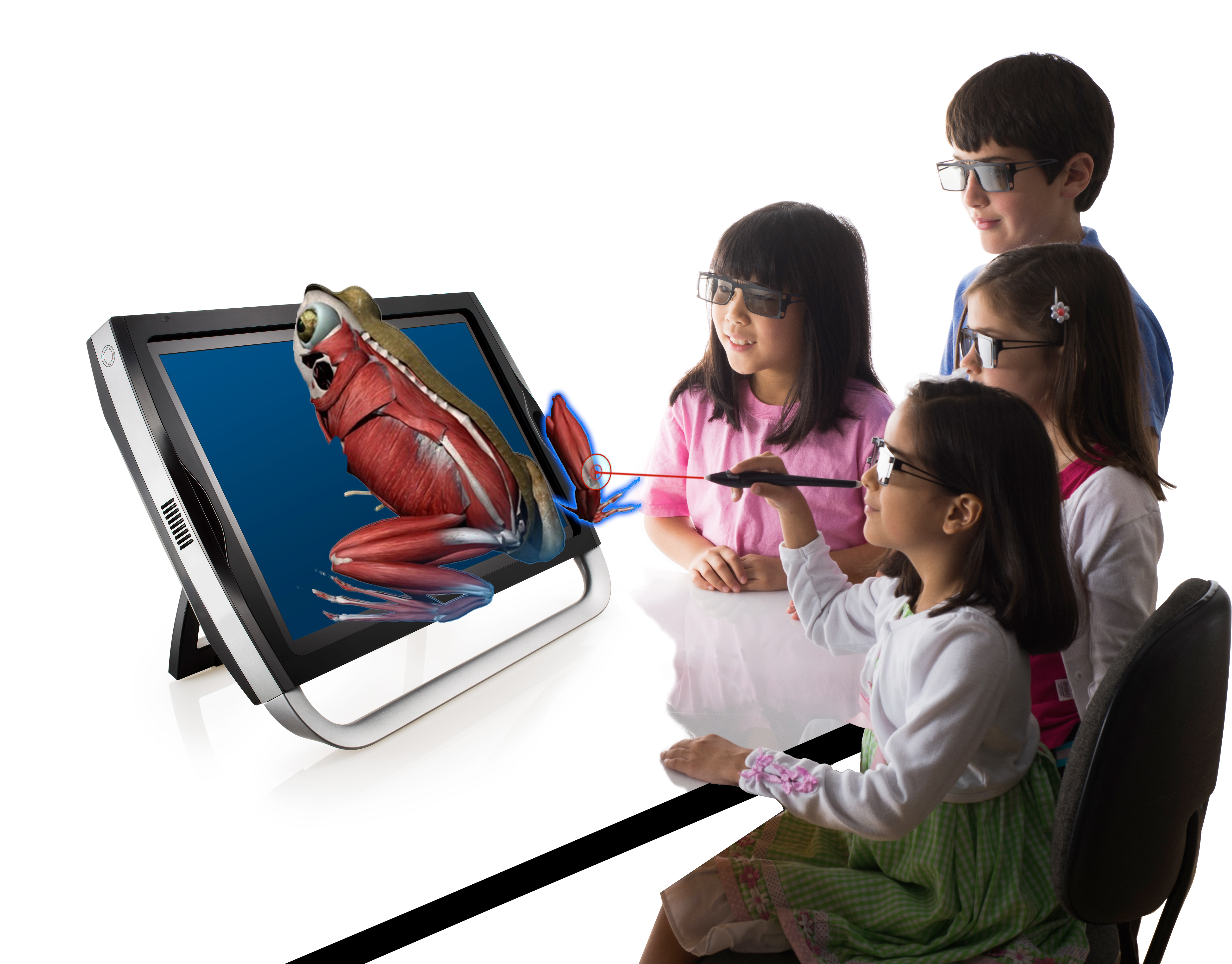Intel Make It Wearable Winner
Challenges - The clock is ticking
Contributions
Created the futuristic industrial design for the Nixie wearable quad drone, which optimizes facial recognition to follow the user at a predetermined distance and height. Features include the control buttons for input, camera, display, red LED status light, and white LED for flash and illumination.
Responsibilities: Industrial Design and Concept development.
Materials: High-density foam, acrylic, and urethane rubber.
Software: SolidWorks 3D CAD
How to wear a quad drone.
The propeller arms are spring-loaded to flex around the user's wrist. Grabbing the drone's body and pulling it away from the wrist pops the arms into flight mode.
Where is the front of the drone?
Used colors to provide a visual indication of the front of the drone. The yellow face plate and propeller let the user know the camera is facing him, and the blue face plate and propeller represent the rear.
Blue signifies the back of the drone, and yellow indicates the front.
Closed position
Blade guards were designed to protect the blades in the stored configuration and in-flight mode.
Prototypes and mock-ups of different arm mechanism concepts.
Intel Make It Wearable presentation
Nixie Presentation Display
The presentation display was designed to show Nixie's ability to launch from the wrist and fly. An LED light strip was integrated into the Display's base to illuminate and highlight the polished top edge of the acrylic sheet, implying flight from the user’s wrist to the holding flight position.
Responsibilities: Industrial Design, Concept development, vendor management, and Product Design
Materials: High-density foam, acrylic, and urethane rubber.
Nixie on display in the exhibit hall the day before the final presentation.
Close up of the Nixie drone on display in the exhibit hall.
Conclusion
Nixie beat three other finalists to win the Intel Make It Wearable Challenge. Serena Williams, the world champion tennis star, was the celebrity judge. The $250K award was used for seed money to launch Nixie as a drone start-up.

